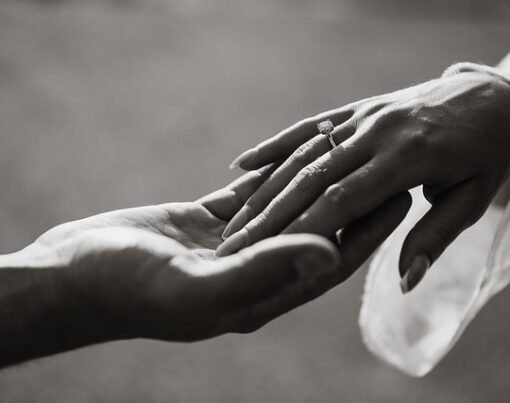Losing loved ones is never easy. Whether it is a family member, a close friend or a work colleague, their absence can be felt by those that loved and cared for them. Although they may no longer be physically present, their memory will continue to live within you long after their death. Nothing will ever fill the void created by such a loss, but you can honour loved ones for who they were and the impact they made on those around them. Memorialising the deceased is a very personal action, and it can be done in many ways.
Table of Contents
1. Mix Ashes With the Earth
Not all individuals choose to be buried in a traditional cemetery setting. Rather than being laid to rest in a coffin, some people might opt to be cremated. The deceased may leave special instructions dictating where they would like their ashes to be scattered, or such decisions may be left to next of kin. Individuals may choose to have their remains spread at sentimental places such as beaches, parks and gardens. Some may wish to be a tree after death so that they can be part of nature’s beauty.
Mixing ashes with the soil when planting a tree is one way to ensure that your beloved family member will be remembered for years to come. Choosing a quaint location in a memorial garden can provide a sense of solace in knowing that one’s death created new life. Living Legacy Forest can assist you in this method of commemorating the dead.
2. Wear a Sentimental Keepsake
Many individuals have a favourite piece of jewellery or article of clothing that they wear on a regular basis. Once they have passed away, you might find it comforting to wear these items yourself or repurpose them for a different use. Wedding rings can be used as a necklace pendant, while other nonceremonial pieces can be worn as intended. Using sweaters or coats that belonged to loved ones can create a feeling of closeness, and they can stir up memories based on the sense of smell or touch.
3. Donate to a Meaningful Cause
It is not uncommon for some individuals to dedicate a substantial amount of time towards bettering the lives of others. Family members may have volunteered at local shelters, fundraised for nonprofit organisations or hosted various charity events. You might find it healing to follow in their footsteps and continue the work that they are no longer able to do. If someone’s death was caused due to a disease or illness, you can donate money to research institutions looking for future cures.
4. Display Photos
Photographs are an excellent way to remember loved ones who are no longer alive. You can choose to display photos that capture the essence of their being, as well as those that invoke cheerful memories. For some individuals, pictures of loved ones can serve as a reminder that they are forever in one’s heart. Pictures can also be put on display to illustrate to guests the importance that this individual played in your life.
5. Participate in Once-Shared Activities
Shared interests create a special bond between individuals. Whether it is watching sporting events, listening to music or playing games, there are many ways that people can spend meaningful time together. Continuing to participate in these activities after special peoples’ death is a great way to honour their memory. You may not only be able to feel their presence, but you can reminisce on all the ways that they impacted your life.
6. Celebrate Important Occasions
Birthdays, anniversaries and monumental milestones are occasions that should be celebrated with family and friends. Some individuals may find it odd to host gatherings that mark special moments in the life of the deceased. However, these events can celebrate the love, support and comfort that this individual brought to those around them. You can look back at the many great memories that were had, rather than focusing on those that never came to be. You don’t have to stop celebrating those who you love simply because they are no longer alive.
There are many ways to memorialise people after they have passed away. Finding what feels right to you may be the first step in learning how to carry on their memory.










